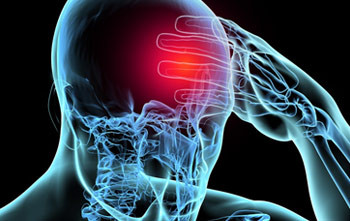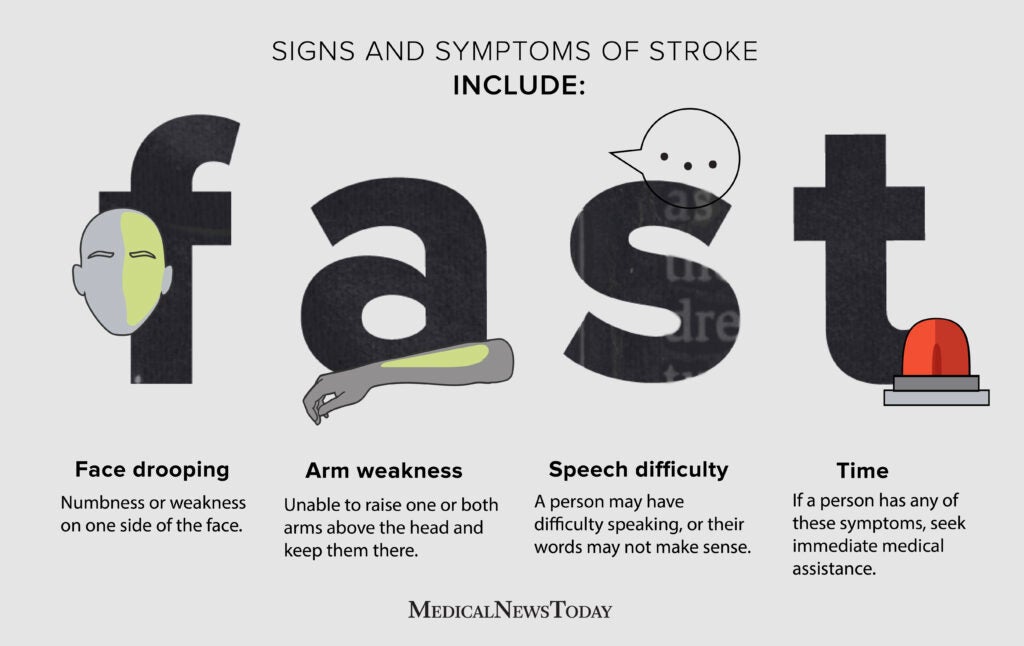How you can Quickly Identify the Early Signs of a Stroke

Strokes are a leading cause of serious long-term disability and death, affecting millions of people around the world every year. Recognizing the early signs can be crucial in preventing severe damage and improving recovery chances. When a stroke occurs, every minute counts, as prompt action can mean the difference between life and death, or between a full recovery and permanent disability.
Many people are unaware of the warning signs of a stroke or may dismiss the symptoms as something minor. This makes it all the more important for everyone to be able to spot these early signals. Understanding these signs can empower individuals to act quickly, ensuring that medical help is sought before it's too late.
What to Look Out For
When a stroke occurs, the brain is suddenly deprived of blood flow, which can cause a range of symptoms to appear. Some of the earliest and most common signs include sudden numbness or weakness, particularly on one side of the body. A person’s face, arm, or leg may droop, or they may struggle to move or feel their limbs. These symptoms can appear without warning, making it vital to stay vigilant.
Speech difficulties are often reported as well. Slurred speech or the inability to find the right words is a clear sign that something may be wrong. Confusion can also set in, leaving the affected person unable to communicate effectively. If these signs are noticed, it is recommended that help be sought immediately.
Another clear indicator is trouble with vision. Blurred or double vision, or even sudden blindness in one or both eyes, has been observed in people experiencing a stroke. This can occur alongside dizziness, balance problems, or difficulty walking. It is crucial not to ignore these signs, as they can worsen quickly.
What Happens During a Stroke?
A stroke is caused when the blood supply to the brain is interrupted, either by a blocked artery or a burst blood vessel. When this happens, brain cells begin to die due to a lack of oxygen. The effects can be devastating, as the brain controls many vital functions in the body. Quick action can limit the damage, but the longer the brain is without oxygen, the more severe the consequences.
Two main types of strokes are commonly observed: ischemic and hemorrhagic. An ischemic stroke occurs when a blood clot blocks a blood vessel in the brain, while a hemorrhagic stroke is caused by a ruptured vessel. Regardless of the type, the symptoms are often similar, and both require immediate medical attention.
In some cases, a transient ischemic attack (TIA), often called a mini-stroke, might occur. These are warning signs that a more serious stroke could follow. Though the symptoms may be temporary and resolve on their own, a TIA should never be ignored, as it is often a precursor to a full-blown stroke.
Why Time Matters
Once the signs of a stroke have been recognized, time becomes critical. The sooner medical help is sought, the better the chances of survival and recovery. Many strokes can be treated if acted upon quickly, and the damage caused can often be minimized.
It is widely recommended to use the acronym FAST to remember what to do when a stroke is suspected:

- Face drooping: Is one side of the face numb or drooping?
- Arm weakness: Can both arms be lifted, or is one arm weak or numb?
- Speech difficulty: Is speech slurred or hard to understand?
- Time to call emergency services: If any of these symptoms are observed, it is time to seek medical help immediately.
By acting quickly, long-term complications can often be avoided. Stroke treatment has advanced significantly, and many patients can recover fully or partially if the right care is provided in time. However, delays in treatment can lead to irreversible damage, leaving patients with disabilities that could have been prevented.
How a Stroke Changes Lives
Once a stroke has occurred, the long-term impact on a person’s life can vary greatly. Some may experience physical disabilities, such as difficulty walking or speaking, while others may struggle with memory loss or cognitive issues. Rehabilitation and therapy are often necessary to help stroke survivors regain their abilities and adapt to their new normal.
The emotional toll should not be overlooked either. Many stroke survivors face challenges with depression or anxiety as they adjust to their changed circumstances. Family members and caregivers also play a critical role in the recovery process, offering support and encouragement throughout what is often a long and difficult journey.
Despite these challenges, many stroke survivors can go on to live fulfilling lives with the right care and support. Awareness and education about stroke signs and symptoms can empower individuals and communities to take action when it matters most, ultimately saving lives and improving outcomes.
Strokes can happen to anyone, but being able to recognize the signs early can make all the difference. Understanding the symptoms, knowing how to act, and being aware of the long-term effects can help more people survive and thrive after experiencing a stroke. Spread the knowledge and be prepared—because you never know when you might need it.





